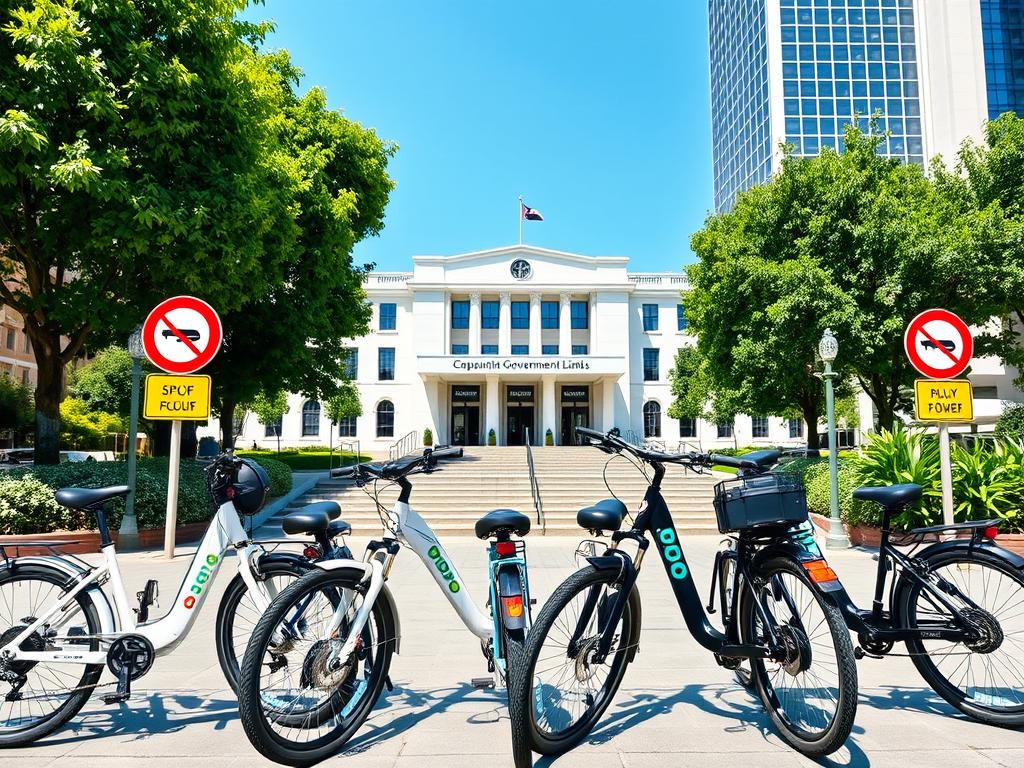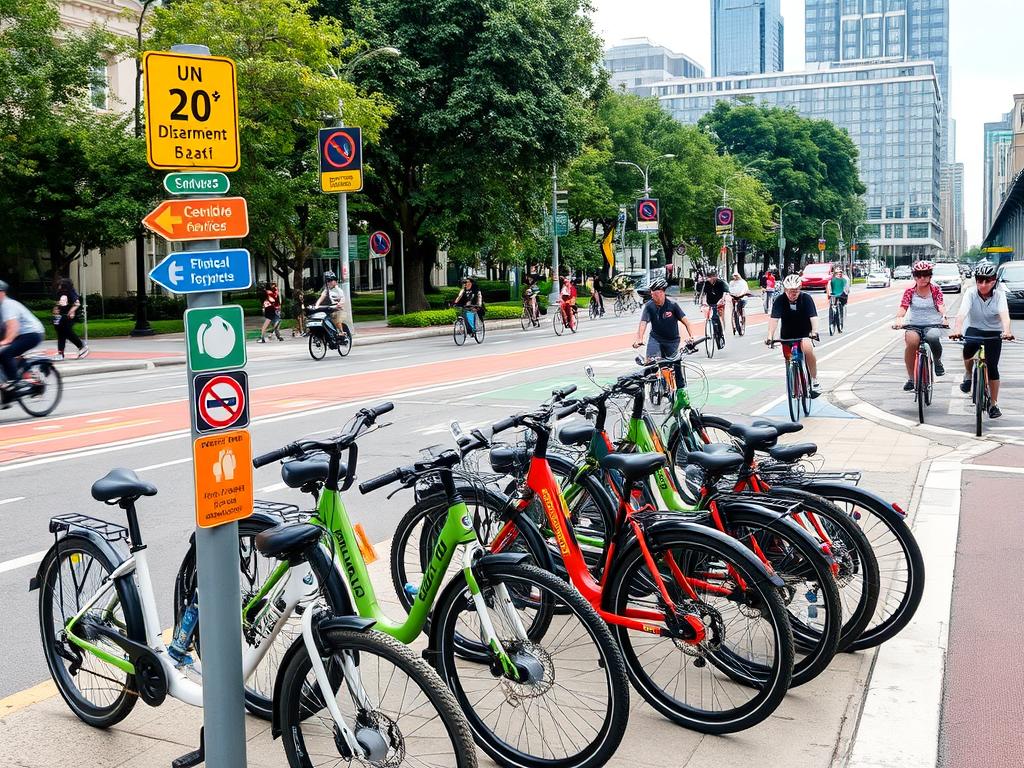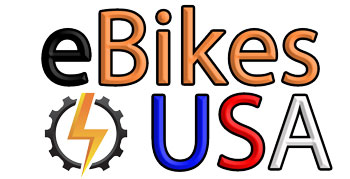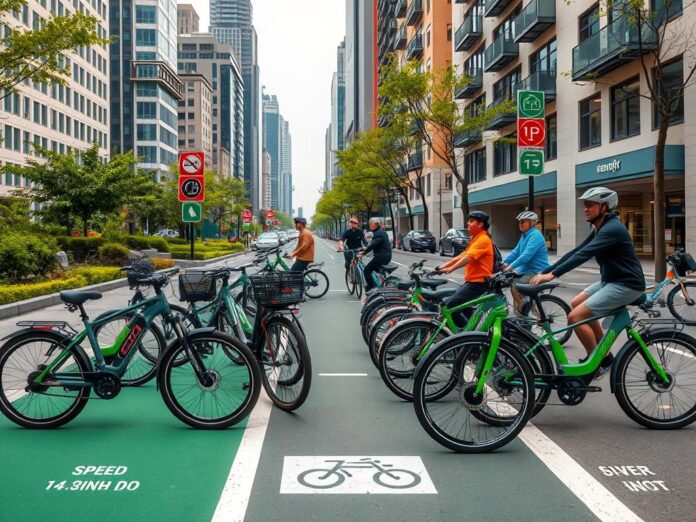In the United States, electric bicycles (e-bikes) have changed how we travel, exercise, and see our world. As more people use e-bikes, knowing the laws about their speed and power is key. This article will cover the rules, types, and safety tips for e-bike riders to follow the law and stay safe.
The e-bike market in the U.S. has grown a lot, with a 23% increase in 2020. Today, 48 states have rules for e-bikes, and 39 use a three-class system. This helps e-bike riders know what’s legal in their state.
Key Takeaways
- The federal speed limit for e-bikes is 20 miles per hour or less under motor power alone.
- E-bikes in the U.S. are legally defined as vehicles with fully operable pedals and less than a 750-watt electric motor.
- Over 30 states have incorporated electric bikes into their traffic codes, using a three-class system to categorize e-bikes.
- Helmet laws and licensing requirements for e-bike riders vary significantly across different states.
- Individual states can set their own speed limits for e-bikes, depending on the e-bike class, road type, and location.
Understanding e-Bike Classifications in the U.S.
The U.S. has a detailed e-bike classification system. It helps manage these electric bikes by their speed and power. This system has three levels, guiding states and cities on how to include e-bikes in transportation.
Class 1: Pedal-Assist Only
Class 1 e-bikes have a motor for pedal-assist only. The motor kicks in when you pedal and stops at 20 mph. They’re like regular bikes but with an electric boost for hills and long rides.
Class 2: Throttle-Controlled
Class 2 e-bikes have a throttle-controlled motor. You can ride them without pedaling, but the motor stops at 20 mph. They offer a ride like a motorcycle, perfect for those who don’t like pedaling all the time.
Class 3: Speed-Pedelec
Class 3 e-bikes, or speed-pedelecs, assist only when pedaling. They can go up to 28 mph before the motor stops. These are for riders who need more power for longer, faster rides.
This e-bike classification system helps governments make rules for each type. Knowing these classes is key for e-bike users. It ensures they follow the law and know the rules in their area.
Federal Regulations Governing e-Bikes
In the United States, the federal government sets the rules for electric bicycles, or e-bikes. The Consumer Product Safety Commission (CPSC) is key in setting standards for these new mobility options.
Overview of CPSC Guidelines
Under federal law, the CPSC calls e-bikes “low-speed electric bicycles” if they meet certain criteria. They must have pedals, an electric motor under 750 watts, and go no faster than 20 mph on the motor alone. This makes e-bikes different from mopeds or motorcycles, which face stricter rules.
National Standards for e-Bikes
There are also national standards for e-bikes, adopted by over 30 states. These standards group e-bikes into three classes based on speed and throttle use. The aim is to make sure these vehicles are safe and follow the same rules everywhere.
| Class 1 | Class 2 | Class 3 |
|---|---|---|
| Pedal-assist only, with a maximum speed of 20 mph | Throttle-controlled, with a maximum speed of 20 mph | Speed-pedelec, with a maximum speed of 28 mph |
These rules and standards help make sure e-bikes fit well into our transportation system. They balance the needs of riders, walkers, and drivers.

State-Specific e-Bike Laws
In the United States, laws about electric bikes (e-bikes) change from state to state. Over 30 states have added e-bikes to their traffic laws. But, the rules can be very different. For example, New York has its own rules for e-bikes, while others might not have any.
Variability Across States
Many states follow a three-class system for e-bikes, like PeopleForBikes suggests. But, each state has its own rules. Some states might ask you to register your e-bike, while others don’t.
Key States with Notable Regulations
- California: Has safety rules, like helmet laws, for e-bike riders.
- Connecticut: Requires helmets for e-bike riders under 16.
- Georgia: Says you must wear a helmet while riding an e-bike.
- Alabama and Alaska: See all motorized bikes as motor-driven cycles, with special rules.
The different laws in each state can be tricky for riders who travel. It’s important to know the state e-bike laws and local e-bike regulations, including state-specific speed limits. This helps you follow the rules and stay safe.
“The organization [PeopleForBikes] works towards ensuring that riders of electric bicycles enjoy the same rights and protections as traditional bicycle riders.”
Local Ordinances Impacting e-Bikes
E-bikes are getting more popular, and cities across the U.S. are making their own rules. Federal and state laws set some guidelines, but cities can add their own rules. These rules might include speed limits and where you can ride.
City-Specific Speed Limits
Many cities have their own speed limits for e-bikes. For example, in New York City, e-bikes can go up to 25 mph. In San Francisco, it’s 20 mph. Always check the local rules before you ride to make sure you’re following the speed limit.
Restrictions on Trail and Road Usage
Where you can ride your e-bike can change a lot from city to city. Some places don’t let e-bikes on sidewalks or in areas for walkers. Others have special paths for e-bikes. In Seattle, e-bikes are okay on most trails, but in Los Angeles, they’re not allowed on some park trails. It’s important to know where you can ride.
| City | E-Bike Speed Limit | Trail/Road Access |
|---|---|---|
| New York City | 25 mph | Prohibited on sidewalks, allowed on bike lanes and paths |
| San Francisco | 20 mph | Allowed on most multi-use trails and bike lanes |
| Seattle | 20 mph | Allowed on most multi-use trails, restricted from some park trails |
| Los Angeles | 20 mph | Restricted from certain park trails, allowed on bike lanes and paths |
As e-bikes become more common, it’s key to know the local e-bike ordinances, city speed limits, and trail access rules. This helps ensure a safe and legal ride.

Speed Limits for Different e-Bike Classes
Electric bikes are getting more popular, and it’s key for riders to know the e-bike speed limits and rules in the U.S. The federal government says low-speed electric bikes can go up to 20 mph with motor power alone. But, states can set their own legal e-bike speeds for each class.
Maximum Speed for Class 1 and Class 2
Class 1 and Class 2 e-bikes can only go up to 20 mph with motor help. These bikes help when you pedal, but you can’t use a throttle. You can go faster by pedaling harder, but the motor stops helping at 20 mph.
Maximum Speed for Class 3 e-Bikes
Class 3 e-bikes, or “speed pedelecs,” can go up to 28 mph with pedal help. They offer more power and speed. But, many states have extra rules, like wearing a helmet.
| E-Bike Class | Maximum Assisted Speed |
|---|---|
| Class 1 | 20 mph |
| Class 2 | 20 mph |
| Class 3 | 28 mph |
E-bike riders need to know the e-bike speed limits and rules in their area. These can change a lot. Following the speed limits and rules is crucial for e-bikes to be seen as a real transportation choice.
Power Limitations on e-Bikes
In the United States, the power of an e-bike’s motor is key to its legality. Federal rules say e-bikes are low-speed if their motor is under 750 watts and they don’t go over 20 mph. This rule applies to all types of e-bikes, making them similar to regular bikes but with a boost.
Legal Power Output Specifications
Federal law limits e-bike motors to under 750 watts, or about 1 horsepower. This cap helps keep e-bikes safe and suitable for biking. If an e-bike’s motor is over 750 watts, it might be seen as a moped or motorcycle, with different rules.
Effect of Higher Wattage on Legality
Higher power motors might appeal to e-bike fans, but it’s crucial to know the law. Going over 750 watts can make an e-bike a moped or motorcycle. This means more rules on licenses, registration, and insurance. Always check your e-bike’s specs against local and state laws to stay legal and safe.
| E-Bike Class | Motor Wattage Limit | Maximum Assisted Speed |
|---|---|---|
| Class 1 | Less than 750 watts | 20 mph |
| Class 2 | Less than 750 watts | 20 mph |
| Class 3 | Less than 750 watts | 28 mph |

E-bike riders need to know the power rules and check their bike’s specs against local laws. Knowing the legal limits helps riders enjoy their e-bikes while following the law.
Compliance and Safety Considerations
E-bikes are getting more popular, and it’s important for riders to know the rules. This includes e-bike registration, licensing requirements, and safety gear. Knowing these helps ensure a safe and fun ride.
Importance of Registration and Licensing
Laws about e-bikes vary by state. Some states, like Alabama, Alaska, and Hawaii, need you to register your e-bike. Faster e-bikes, like Class 3, might need a license in places like Massachusetts, Alaska, and North Dakota.
Safety Equipment Recommendations
Wearing the right e-bike safety gear is a must for all riders. This includes a helmet, bright clothes, eye protection, gloves, and sturdy shoes. Even if a helmet isn’t required everywhere, it greatly lowers injury risk in accidents.
| Safety Gear | Importance |
|---|---|
| Helmet | Mandatory in some states, reduces head injury risk |
| Bright Clothing | Improves visibility for other road users |
| Eye Protection | Shields eyes from debris and environmental conditions |
| Gloves | Provides grip and protects hands in case of a fall |
| Sturdy Footwear | Ensures stability and control while riding |
By focusing on safety and following the rules, e-bike riders can enjoy their rides. They can do so responsibly and safely on the roads.
Consequences of Non-Compliance
Riding an electric bike (e-bike) outside legal limits can lead to big problems. Breaking e-bike law violations can mean big fines and penalties. These vary by state and local area. Also, using an unregulated e-bike can be very dangerous for you and others.
Fines and Penalties for Violations
Speed and power limits for e-bikes are strict. If you break these rules, you could get a ticket and a fine. Fines can be hundreds or even over a thousand dollars. If you keep breaking the rules, you might even lose your e-bike.
Risks of Riding Unregulated e-Bikes
Using an e-bike that doesn’t meet safety standards is very risky. Unregulated e-bikes can break down, have bad brakes, and go too fast. This can cause accidents and injuries. Plus, riding an illegal e-bike might mean you’re not covered by insurance.
It’s important to know the e-bike laws in your area. This way, you can ride safely and avoid legal trouble. By knowing the e-bike law violations and penalties for non-compliance, you can make smart choices. And you’ll stay safe from the dangers of unregulated e-bikes.
“Riding an e-bike outside of legal limits can have serious consequences, both financially and in terms of safety. It’s crucial to understand and follow the regulations in your area.”
Best Practices for e-Bike Riders
As electric bikes (e-bikes) become more popular in the United States, it’s key for riders to know the legal e-bike operation rules and stay informed on e-bike laws in their area. By following best practices, e-bike riders can ride safely and legally.
Tips for Staying Within Legal Limits
To follow e-bike riding tips and stay legal, riders should keep these tips in mind:
- Know the speed and power limits for your e-bike class, as set by federal and state laws.
- Always wear a helmet and any other safety gear, like knee and elbow pads.
- Follow traffic laws, signal turns and stops, and ride like a vehicle.
- Ride at a slower pace and accelerate slowly, especially when turning.
- Do regular maintenance checks, like tire, brake, and light inspections, and tighten loose parts.
Importance of Staying Informed on Laws
It’s vital to keep up with legal e-bike operation rules, as they differ by state and even locally. Riders should check state DMV websites and local authority pages often. This way, e-bike fans can enjoy this green mode of transport safely and legally.
“The future of transportation is electric, and e-bikes are leading the way. By understanding and adhering to the regulations, riders can contribute to the sustainable growth of this exciting industry.”
Future Trends in e-Bike Legislation
The e-bike market is growing fast, and so is the law around them. More places might adopt a three-tiered system for e-bikes. This system sets rules for speed and power.
Potential Changes in State and Local Laws
State and local laws on e-bikes are likely to change. Some areas might let e-bikes on more trails and public lands. This could happen because of a U.S. Department of the Interior order.
The Impact of e-Bike Advocacy Groups
Groups like the PeopleForBikes Coalition are pushing for better laws for e-bikes. They work with lawmakers to make rules that fit new e-bike tech. They also want e-bikes to be part of city transportation plans.






